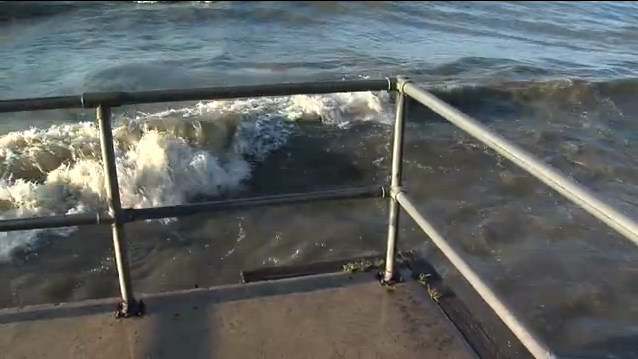VIDEO: Want to know how sewage plants manage algae-causing phosphorus? Here’s the only 1-minute video you need.
Posted by Jared Shepherd
- 3762 Views
- August 5th, 2014
- in Miscellaneous
- No Comments
A major contributor to toxic algae threatening Lake Erie is phosphorus, a key component of agricultural fertilizers and a building block of life itself.
While most of it flows to the lake from stormwater runoff, wastewater plants must monitor and manage phosphorus as it makes its way through the regional sewer system.
In 2013, our three treatment plants removed more than 745 tons of phosphorus from wastewater they received. In the video above, Operator Christen Wood explains the methods used at our Southerly plant and how we balance phosphorus’ good, bad, and ugly potential, all in less than one minute.
But keep in mind, the algae mess in Lake Erie is years in the making, and there is no quick or easy fix. It will require a thoughtful combination of these treatment techniques, stormwater management, sewer improvements, personal responsibility, and legislation to keep our Great Lake great.
Related stories:

